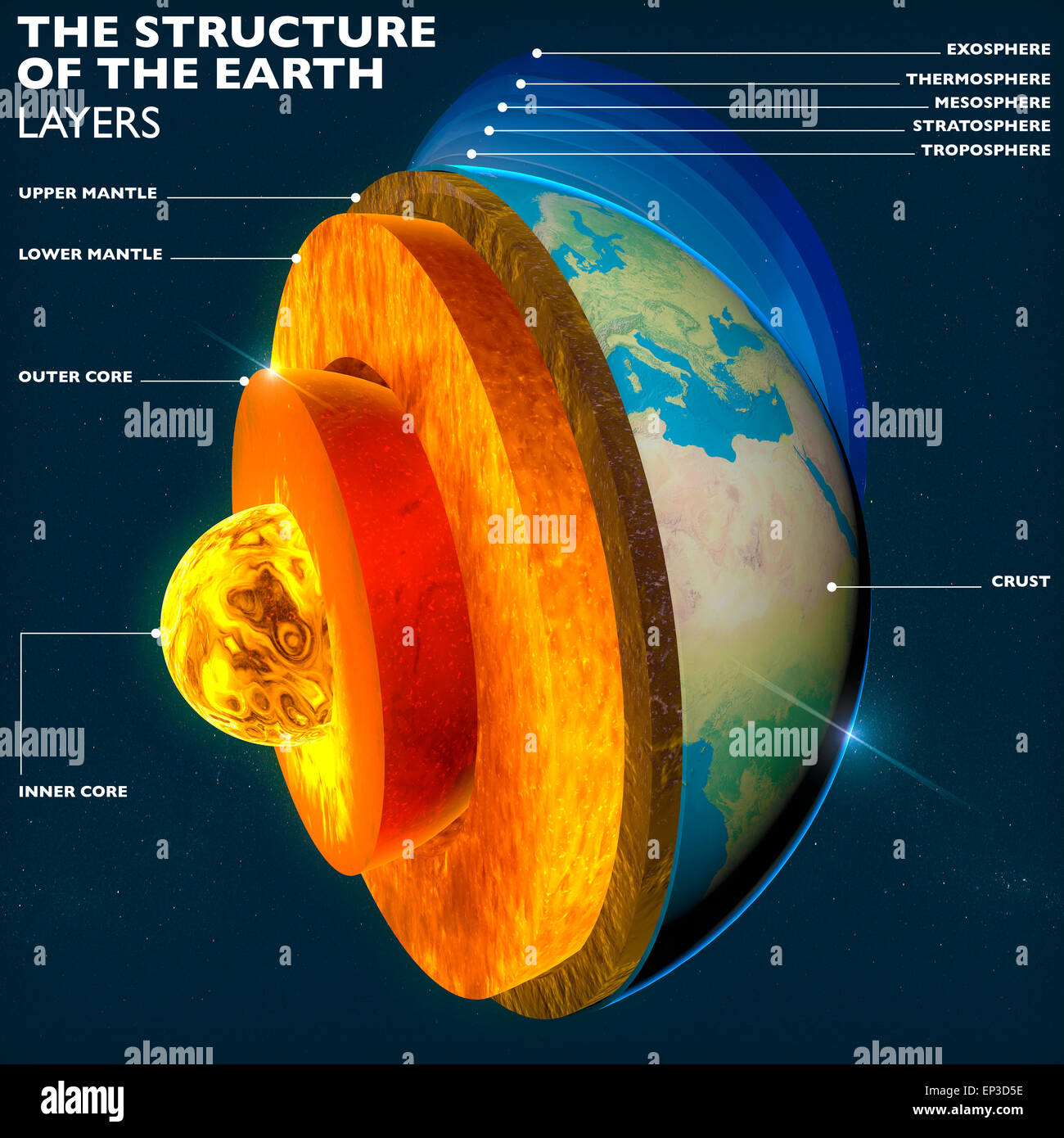Physics Of The Earth Stacey Rapidshare
More The fourth edition of Physics of the Earth maintains the original philosophy of this classic graduate textbook on fundamental solid earth geophysics, while being completely revised, updated, and restructured into a more modular format to make individual topics even more accessible. Building on the success of previous editions, which have served generations of students and researchers for nearly forty years, this new edition will be an invaluable resource for graduate students looking for the necessary physical and mathematical foundations to embark on their own research careers in geophysics. Several completely new chapters have been added and a series of appendices, presenting fundamental data and advanced mathematical concepts, and an extensive reference list, are provided as tools to aid readers wishing to pursue topics beyond the level of the book. Over 140 student exercises of varying levels of difficulty are also included, and full solutions are available online at www.cambridge.org/628.
Physics of the Earth 2nd Ed. Still holds up after almost 50 years. At its publishing the Plate Tectonics paradigm was the new revolution and still is. Available in: Hardcover. The fourth edition of Physics of the Earth maintains the original philosophy of this classic graduate textbook on fundamental. Trove: Find and get Australian resources. Solano gothic retro. Books, images, historic newspapers, maps, archives and more.
Physics Of The Earth Lectures
The fourth edition of Physics of the Earth maintains the original philosophy of this classic graduate textbook on fundamental solid earth geophysics, while being completely revised, updated, and restructured into a more modular format to make individual topics even more accessible. Building on the success of previous editions, which have served generations of students and researchers for nearly forty years, this new edition will be an invaluable resource for graduate students looking for the necessary physical and mathematical foundations to embark on their own research careers in geophysics. Several completely new chapters have been added and a series of appendices, presenting fundamental data and advanced mathematical concepts, and an extensive reference list, are provided as tools to aid readers wishing to pursue topics beyond the level of the book. Over 140 student exercises of varying levels of difficulty are also included, and full solutions are available online at www.cambridge.org/628. 'Physics of the Earth will continue to set the standard for the teaching of deep or whole earth geophysics.' Vernon Cormier, Pure and Applied Geophysics '. A splendid textbook.
A mine of knowledge and references' Jean-Paul Poirier, Physics of the Earth and Planetary Interiors '. The book is ideal for students as it combines physical insight, basic equations and plenty of discussion. A classic book.
Highly recommended.' David Crossley, Geophysical Journal International '. The overall balance of the work makes it a valuable survey that provokes thought, even for specialists in the field.'
Thorne Lay, Physics Today '. This is an excellent text that I can strongly recommend to anyone requiring an introduction to Solid Earth Geophysics and planetary science.' Geological Magazine. Origin and history of the Solar System; 2. Composition of the Earth; 3. Radioactivity, isotopes and dating; 4. Isotopic clues to the age and origin of the Solar System; 5.
Solar System
Evidence of the Earth's evolutionary history; 6. Rotation, figure of the Earth and gravity; 7. Precession, wobble and rotational irregularities; 8. Tides and the evolution of the lunar orbit; 9. The satellite geoid, isostasy and post-glacial rebound; 10.

Elastic and inelastic properties; 11. Deformation of the crust: rock mechanics; 12. Tectonics; 13. Convective and tectonic stresses; 14. Kinematics of the earthquake process; 15. Earthquake dynamics; 16. Seismic wave propagation; 17.
Seismological determination of Earth structure; 18. Finite strain and high pressure equations of state; 19. Thermal properties; 20. The surface heat flux; 21. The global energy budget; 22. Thermodynamics of convection; 23. Thermal history; 24.
The geomagnetic field; 25. Rock magnetism and paleomagnetism; 26. Alternative energy sources and natural climate variations: some geophysical background; Appendix A. General reference data; Appendix B. Orbital dynamics (Kepler's laws); Appendix C.
Spherical harmonic functions; Appendix D. Relationships between elastic moduli of an isotropic solid; Appendix E.
Thermodynamic parameters and derivative properties; Appendix F. An Earth model: mechanical properties; Appendix G. A thermal model of the Earth; Appendix H. Radioactive isotopes; Appendix I. A geological time scale 2004; Appendix J. Problems; References; Index.





